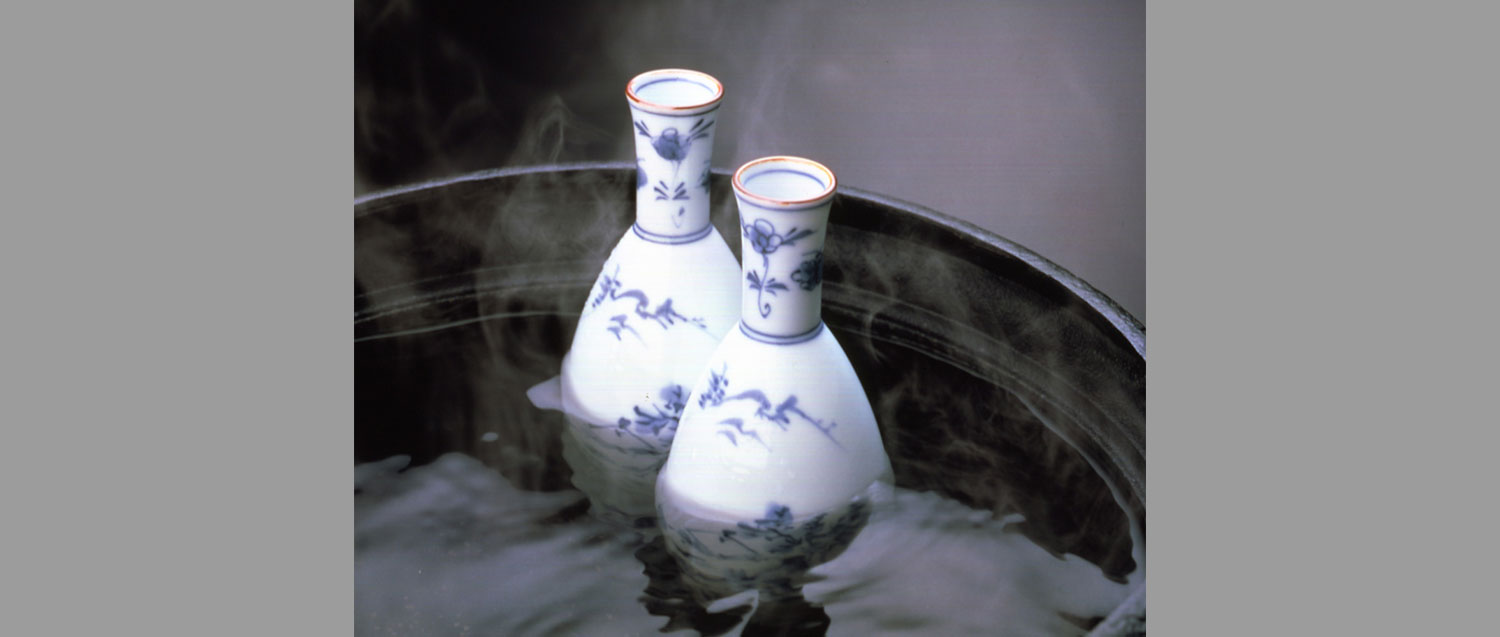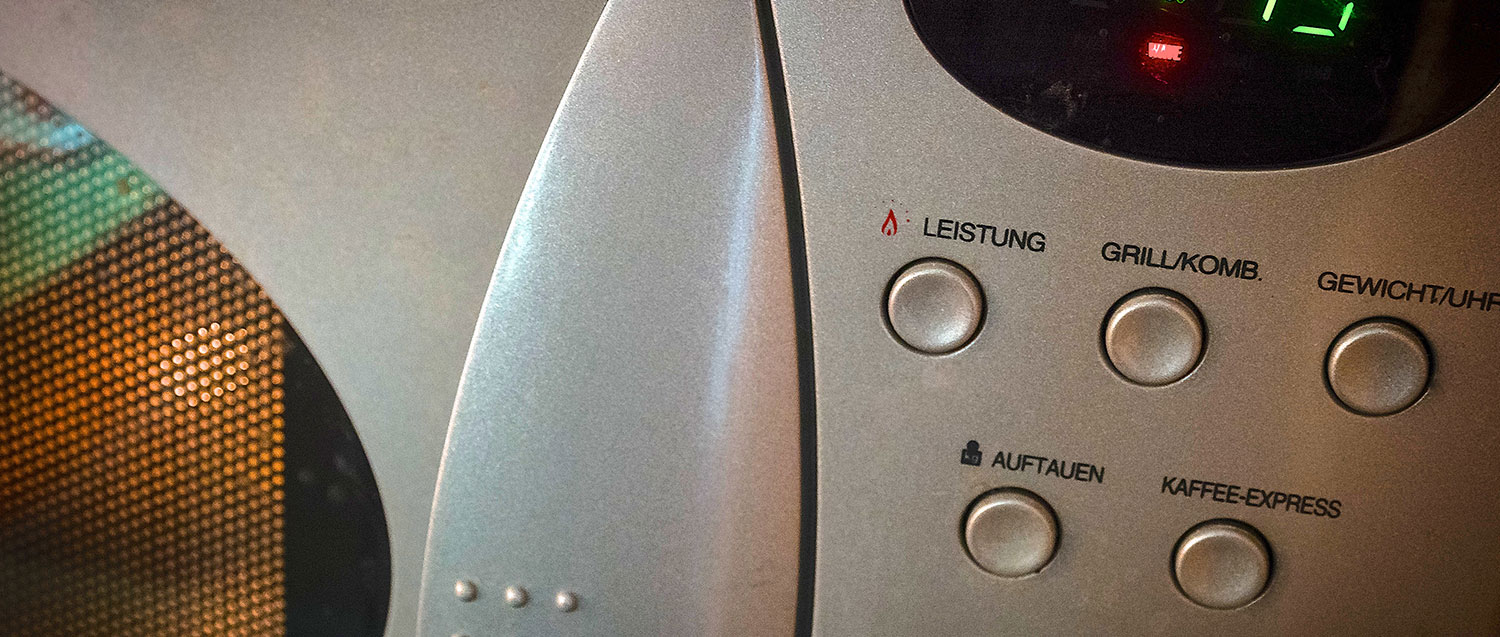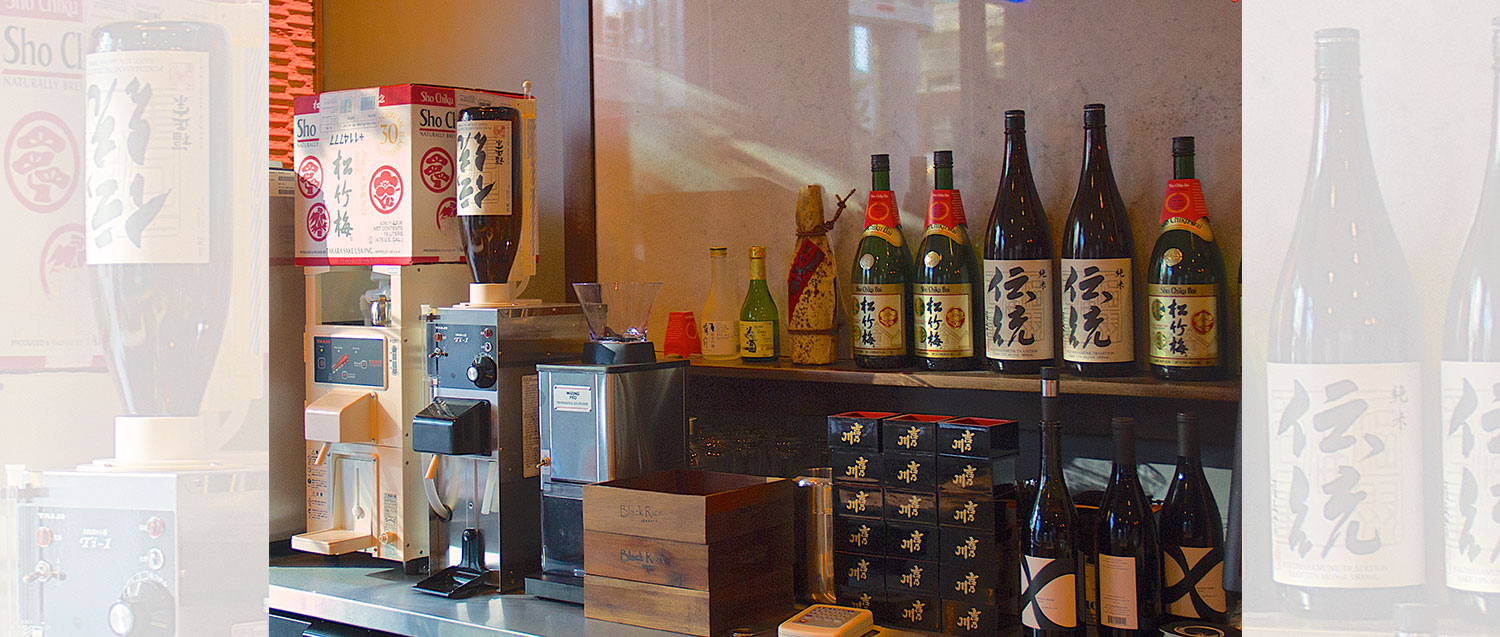Warming Up Your Sake
Sake being served warm is called ‘kanzake’ with a history dating back 2000 years.
On a cold night out, heating up your sake is a great way to warm yourself up and really experience the deep and full-bodied flavours in sake not easily identified when chilled. But it is important to heat your sake properly when serving customers to make sure they experience the best characteristics of the sake so as not to compromise your quality!

Using a Hot Bath:
A hot bath gives you the most control over the heat but also requires more time and patience. You will need to boil water in a saucepan to make a water bath deep enough to submerge 2/3 of the tokkuri before removing the water from the heat. Let the water come down to a gentle simmer before placing the tokkuri into the water bath. When the sake is sufficiently heated, it is ready to be served.
You can place a clean thermometer in the sake to help you reach your preferred temperature.

Using a Microwave:
A microwave oven is a faster way to heat your sake at the expense of less control over the heat. Place the tokkuri into the microwave and warm it up until the desired temperature. Keep in mind that the temperature in a microwave can rise very quickly which is not good for heating sake and so it is not recommended.
A microwave oven will not heat your sake evenly, so you may need to swirl the contents in the tokkuri and continue heating it.
The problem with heating your sake using the above methods is that the aroma and fragrance of your sake can be lost through the heating process.

Using a Sake Machine:
Our hot sake machine is by far the easiest way to properly heat your sake quickly and efficiently without losing any of the delicate properties in your sake. After placing a sake bottle or box into the machine, the sake is gently heated through a series of glass tubes surrounded by an internal warm water bath kept at a constant temperature. Because the sake is heated in a closed system, none of the sake’s aroma is lost, and the temperature will always be at the perfect for you to quickly serve your customers.
Heating your sake should be a careful and controlled process, otherwise it is possible to negatively change the taste and flavour or perhaps even reduce your sake’s quality. So make sure you don’t overheat your sake because when serving customers, quality should never be compromised.

A sake machine will make sure you don’t waste any sake either through dripping, spills, or evaporation.
Learn more about different types of Sake:
Part One | Part Two
Cold or Warm Sake? Read More
Ti-1 Bottle Type: Details
References:
http://esake.com/Sake-Food/Etiquette/etiquette.html
http://www.kikusui-sake.com/home/en/about/okan.html
http://www.nymtc.com/Japanese-Sake/Learning-About-Sake_Proper-Way-To-Warm-Sake.html#.Vo1ys_krIUR
http://www.sakebar.net/nomal/drinking.html